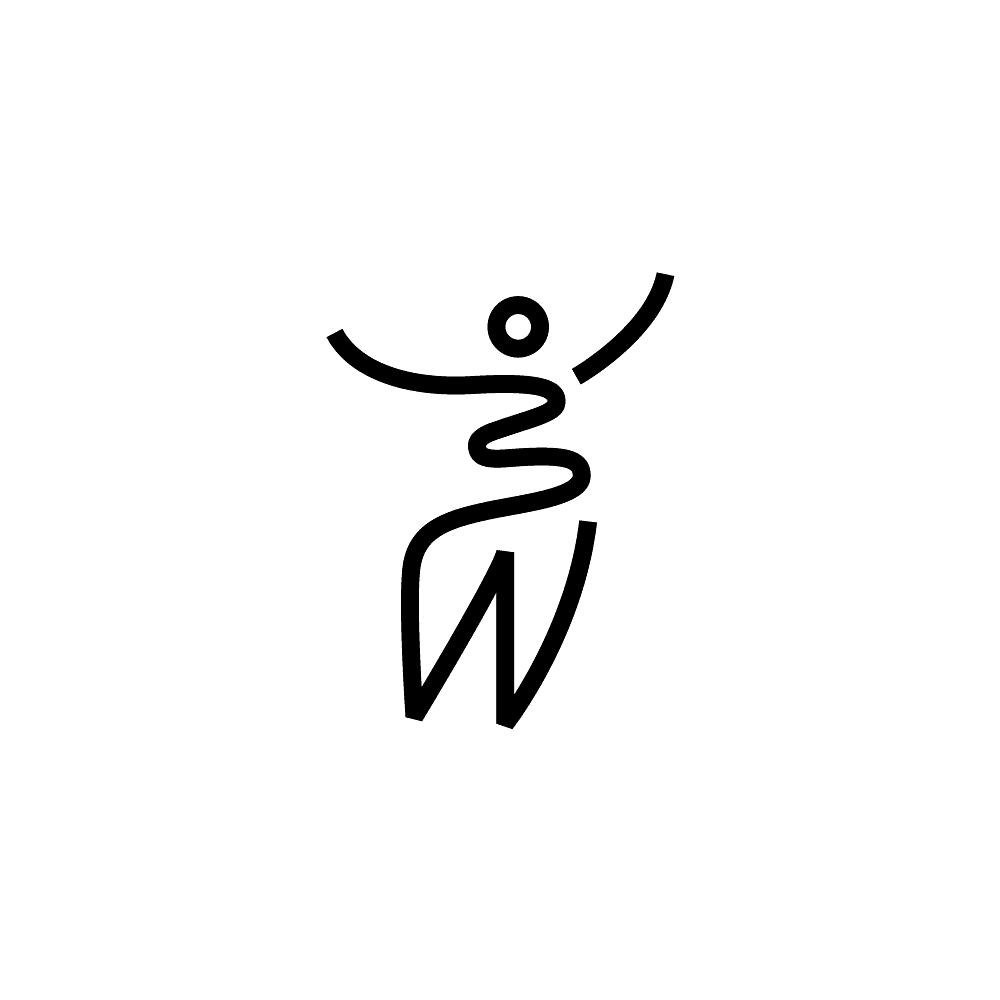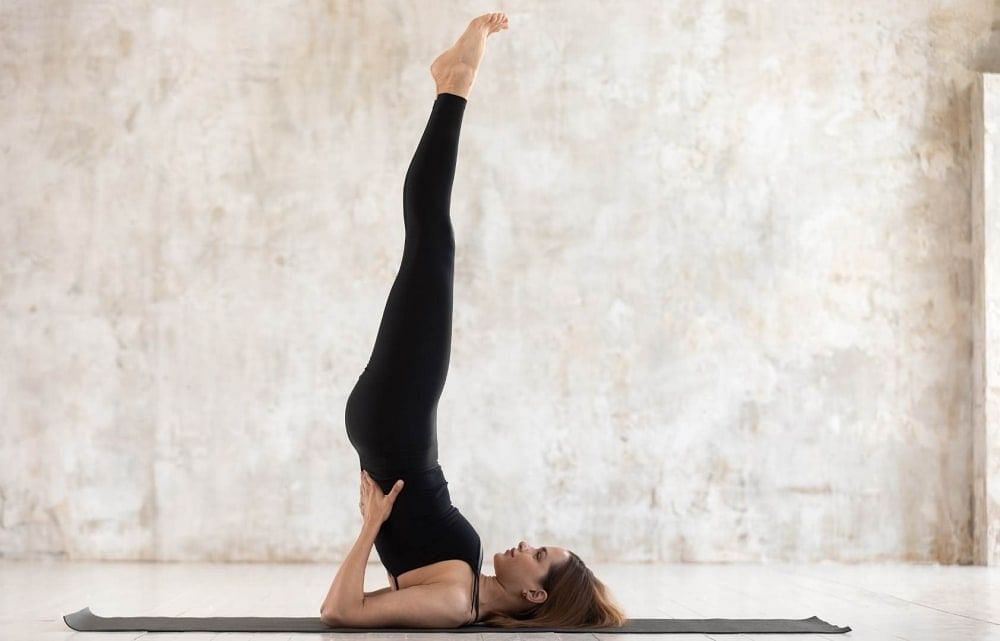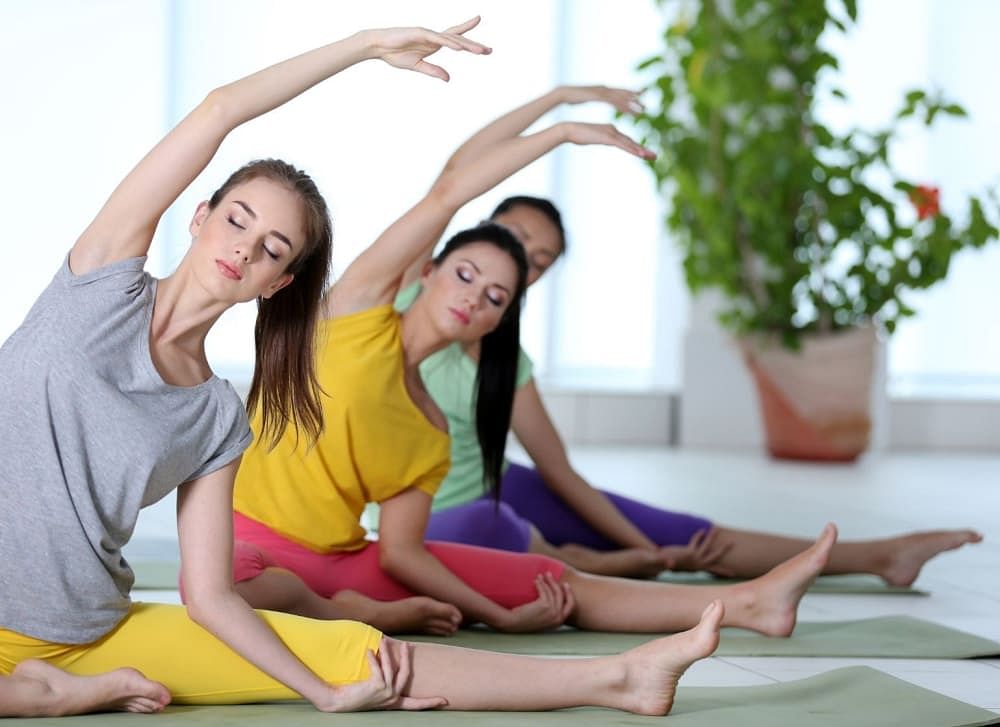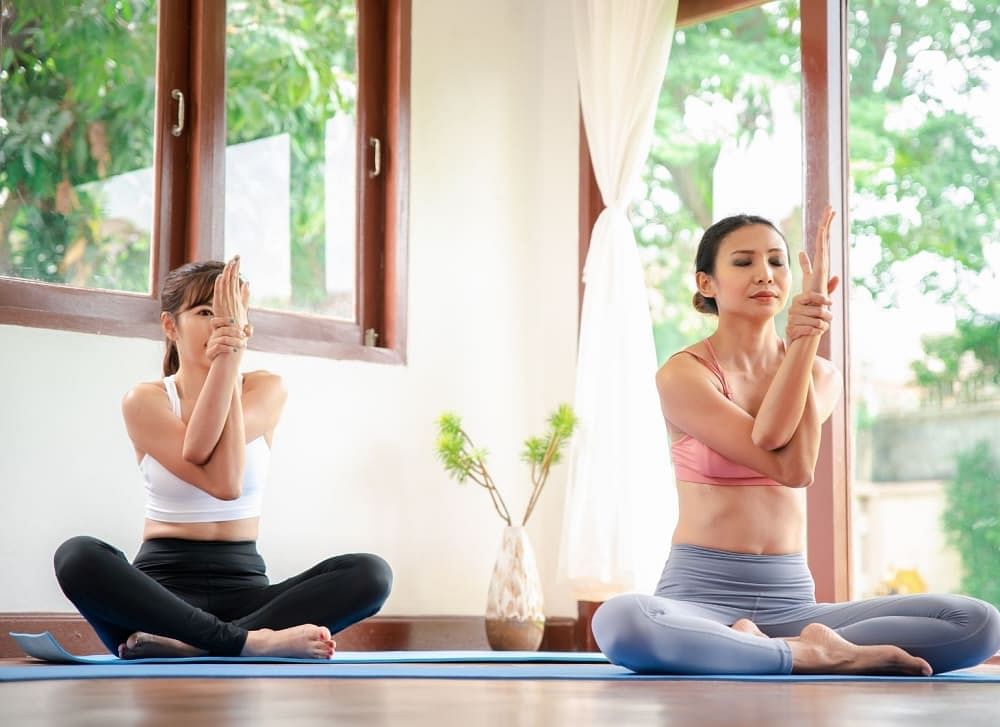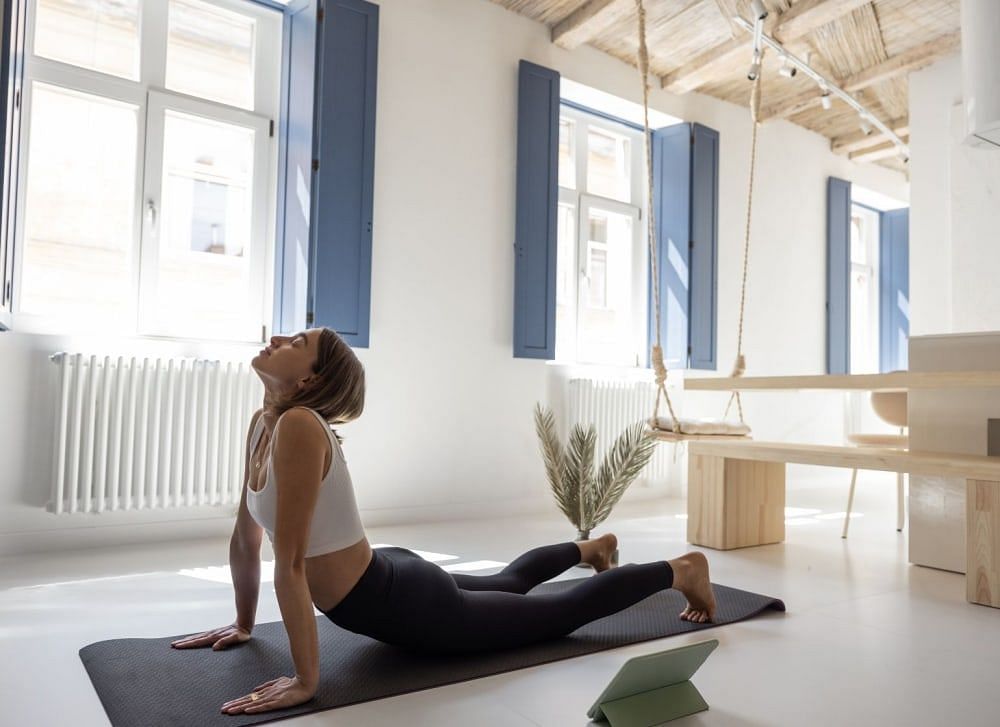We all know that our brain is the most crucial organ in our body. Unfortunately, it is also the most neglected one. The brain degeneration is not easily visible like skin degeneration. Various factors are responsible for brain degeneration.
Ageing, stress, alcohol consumption, and lack of sleep are some of them. Memory problems adversely impact our productive ability and daily functioning. Our life becomes more complex as our brain slows down. It makes us more dependent on others for our daily tasks. Therefore, it is essential to keep our brain healthy to remain independent.
How to Boost Brainpower?
Yoga benefits both our physical and mental health. The Yogic exercises rely on the body’s intrinsic ability to improve its functioning and power.
Yoga relieves stress. Reduction of stress is good for mental health. Proper breathing during yogic asanas gives you an instant cognitive boost.
Certain specific brain exercises and yoga asanas improve concentration and memory power. In addition, yoga successfully regulates the vagus nerve. This nerve is responsible for mood and stress levels.
Yoga promotes proper breathing habits that improve the functioning of the body and mind. Correct inhaling and exhaling are very important while practising yogic postures. Proper breathing is the best pranayam for the brain.
People who practise yoga experience greater grey matter in regions of the brain associated with happiness. Yoga practitioners experience more positive emotions, which maintain mental health.
To increase brain memory, one can also practise Pranayama. Pranayamas like Bhramari Pranayama, Nadi Shodhana breath, Sitali breath, Ujjayi breath and Sahita Kumbhaka breath are some of the best pranayama for brain. These asanas calm the mind and reduce stress.
Yoga Postures That Boost Brain Power
We have listed below five specific asanas which can be part of brain exercise yoga. You should perform these asanas under the guidance of a trained yoga teacher. In addition, those with high blood pressure, arthritis, or other health problems should consult a doctor before beginning yoga to increase memory.
1. Sirsasana
Sirsasana involves inverting the body completely. Therefore, you need to practice some preparatory exercises before attempting this posture. One must practice Sirsasana posture on an empty stomach after emptying their bowels for best results.
Sirsasana needs practice with a teacher. You should maintain the posture of Sirsasana for 1-5 minutes to benefit. In the beginning, you can use a wall to lean on while attempting this posture.
Note: People with neck or back problems should avoid this posture. This posture is not recommended during pregnancy.
Benefits of Sirsasana
Sirsasana delivers the maximum nutrients to the head and scalp, as this posture enhances the blood flow to your brain. This asana may improve mental function and strengthen your sense of focus. Sirsasana also squeezes and clears your adrenal glands. Adrenal glands produce stress hormones, and clearing these glands helps you deal better with stress.
This posture also relieves stress by focussing on yourself. A headstand accompanied by long, slow breaths can be a good stress reliever. Low stress means improved brain health. When practised regularly, Sirsasana keeps your mind sharp and clear. It also reduces your fears and worries by allowing you to focus on your life with more clarity and keeping your mind calm.
2. Halasana
Halasana or Plow pose is another yoga for increasing brain memory. This pose stretches your entire body and offers you some interesting perspectives in the process. In Halasana, your body parts are pulled and positioned at unnatural angles.
Halasana pose, when done correctly, allows you to reach a restful state. One requires a lot of concentration and flexibility while doing this pose. You can practise the pose before going to bed or before beginning your meditation. Halasana should be practised on an empty stomach in the morning. If you are practising this pose in the evening, make sure that you are doing this pose 4-6 hours after your last meal. Most people can retain this pose for around a minute.
Benefits of Halasana
Halasana offers relief from backache and reduces phlegm or mucus in the sinuses and respiratory system. It also releases tension in the neck and throat region. This pose is calming and helps decrease your stress. Reduced stress improves brain health. It also helps relieve backaches, insomnia, headaches, sinusitis by stretching your shoulders and spine.
3. Paschimottanasana
Paschimottanasana is a basic Hatha yoga pose suitable for beginners. This posture focuses on your back while stretching your entire body. This asana gives optimum benefit when done early in the morning.
Paschimottanasana should be maintained for around a minute. You can also do this asana in the evening. It is essential to do this asana on an empty stomach. The Paschimottanasana should be practised daily to gain its benefits.
Benefits of Paschimottanasana
Doing Paschimottanasana calms your brain and nervous system. A calm mind works better. This asana helps get you relief from stress and slight depression. This asana also helps reduce your feelings of anxiety and weakness.
It provides benefits like improved digestion and stimulating reproductive organs. This asana also promotes good sleep and helps reduce the symptoms of insomnia. Paschimottanasana is suitable for people suffering from high blood pressure.
4. Padmasana
Padmasana or the lotus pose is a meditative yogic posture. This asana involves sitting cross-legged and encourages physical stability and pranayama breathing.
This asana is best done early in the morning. You can also do this yoga for increasing brain memory in the evening as well. Your stomach should be empty and bowels clean before you begin this asana. A calm atmosphere is essential for Padmasana.
Benefits of Padmasana
Padmasana helps rejuvenate your body and mind. This is a meditative pose that relaxes you completely. The yogic breathing in this pose clears negative thoughts and emotions from the mind and makes you calm. A calm brain has better memory and cognitive functions.
Regular practice of Padmasana increases the power to concentrate. The intense meditation and breathing patterns involved in this pose awaken your chakras. The result is an alert and sharp intellect. Regular practice increases awareness of the minute things in your subconscious mind.
People living with Insomnia can gain considerable relief from the regular practice of Padmasana. Padmasana also opens up the lungs and allows the intake of more oxygen. This leaves you feeling fresh and energetic. Padmasana is the perfect foundation for meditation and pranayama.
5. Sarvangasana
Sarvangasana involves the entire body, and it benefits every body part. People suffering from hypertension, brain disorders, or heart problems should avoid this asana. Women should avoid this brain exercise yoga asana during pregnancy and menstruation.
Beginners can lean on a wall while performing this asana. However, this asana requires lots of practice. Furthermore, once you are proficient in this asana, you can maintain it longer to derive its benefits. Proper breathing is essential while performing this asana.
Benefits of Sarvangasana
This asana improves the functioning of the endocrine system. The endocrine system in the body consists of many glands that regulate the hormones and other functions of the human body. This leads to better functioning of the entire body and decreased mental and emotional stress. In addition, Sarvangasana enhances the blood supply to the head and heart.
Increased blood flow to the head leads to reduced stress and psychological disturbances. It benefits people who suffer from headaches regularly. This posture also helps calm the mind and balance the mood in women. By improving the functioning of the body system, this asana gives a detoxifying effect to the body.
References
- Brett Froeliger, Eric L. Garland, December 2015; Yoga Meditation Practitioners Exhibit Greater Gray Matter Volume and Fewer Reported Cognitive Failures: Results of a Preliminary Voxel-Based Morphometric Analysis - https://www.ncbi.nlm.nih.gov/pmc/articles/PMC3525089/.
- Catherine Woodyard, July 2011; Exploring the therapeutic effects of yoga and its ability to increase quality of life - https://www.ncbi.nlm.nih.gov/pmc/articles/PMC3193654/.
